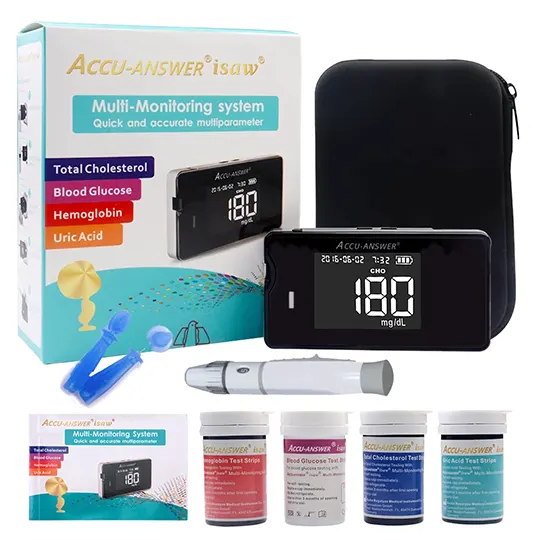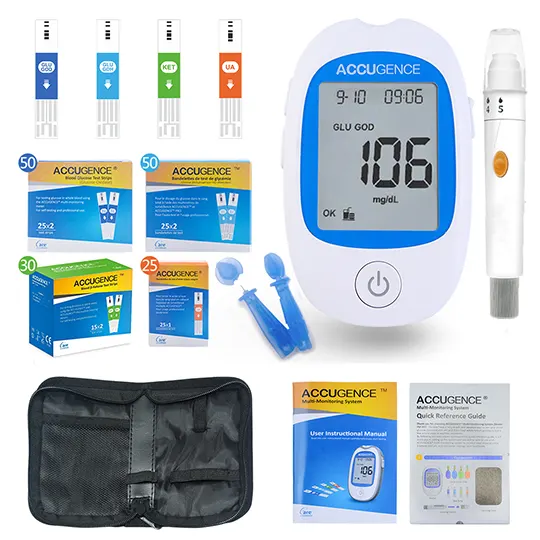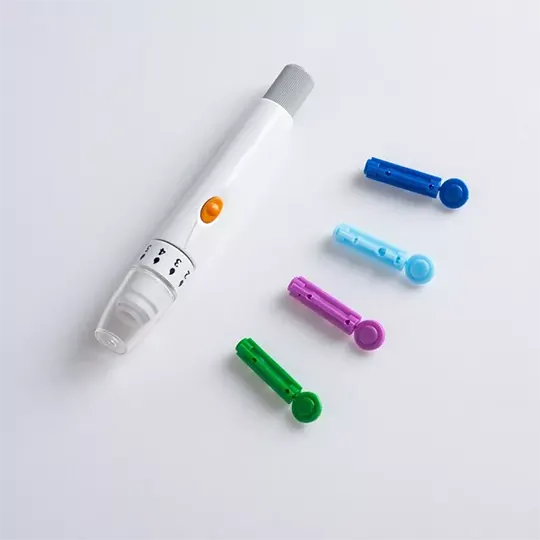Ilube Eye Drops
Active ingredient: acetylcysteine
- 1. Name of the medicinal product
- 2. Qualitative and quantitative composition
- 3. Pharmaceutical form
- 4. Clinical particulars
- 4.1 Therapeutic indications
- 4.2 Posology and method of administration
- 4.3 Contraindications
- 4.4 Special warnings and precautions for use
- 4.5 Interaction with other medicinal products and other forms of interaction
- 4.6 Fertility, pregnancy and lactation
- 4.7 Effects on ability to drive and use machines
- 4.8 Undesirable effects
- 4.9 Overdose
- 5. Pharmacological properties
- 5.1 Pharmacodynamic properties
- 5.2 Pharmacokinetic properties
- 5.3 Preclinical safety data
- 6. Pharmaceutical particulars
- 6.1 List of excipients
- 6.2 Incompatibilities
- 6.3 Shelf life
- 6.4 Special precautions for storage
- 6.5 Nature and contents of container
- 6.6 Special precautions for disposal and other handling
- 7. Marketing authorisation holder
- 8. Marketing authorisation number(s)
- 9. Date of first authorisation/renewal of the authorisation
- 10. Date of revision of the text
1. Name of the medicinal product
ILUBE 5% w/v Eye Drops, Solution
2. Qualitative and quantitative composition
acetylcysteine 5.0% w/v
Excipient(s) with known effect
Benzalkonium chloride 0.01% w/v.
For the full list of excipients, see section 6.1.
3. Pharmaceutical form
Eye drops, solution
A clear and colourless eye drops solution.
4. Clinical particulars
4.1 Therapeutic indications
ILUBE Eye Drops are artificial tears with mucolytic and lubricant properties, suitable for the relief of dry eye syndromes associated with deficient tear secretion, impaired or abnormal mucus production.
4.2 Posology and method of administration
Posology
The usual dose is 1 or 2 drops instilled into the affected eye(s) 3 or 4 times daily.
Paediatric population
No data are available.
Method of administration
ILUBE Eye Drops are administered by topical instillation into the conjunctival sac.
4.3 Contraindications
Hypersensitivity to the active substance or to any of the excipients listed in section 6.1.
4.4 Special warnings and precautions for use
Ilube Eye Drops contain benzalkonium chloride as preservative and, therefore, should not be used to treat patients who wear soft contact lenses. Discontinue use if discomfort, increased reddening or irritation occurs and persists.
4.5 Interaction with other medicinal products and other forms of interaction
Medical advice must be sought before taking ILUBE Eye Drops with any medication, including medicines obtained without a prescription.
4.6 Fertility, pregnancy and lactation
This product should not be taken if the patient is pregnant, might get pregnant, or is breast-feeding without seeking medical advice.
4.7 Effects on ability to drive and use machines
Patients must be advised that their vision may be blurred after using Ilube Eye Drops and must not drive or use any machines, unless their vision is clear.
4.8 Undesirable effects
Patient may experience itching, redness and/ or irritation in their eye(s).
Reporting of suspected adverse reactions
Reporting suspected adverse reactions after authorisation of the medicinal product is important. It allows continued monitoring of the benefit/risk balance of the medicinal product. Healthcare professionals are asked to report any suspected adverse reactions via
Yellow Card Scheme
Website: www.mhra.gov.uk/yellowcard
4.9 Overdose
None known
5. Pharmacological properties
5.1 Pharmacodynamic properties
Pharmacotherapeutic Group: Ophthalmologicals, other ophthalmologicals, ATC Code: S01X A08.
Acetylcysteine, a derivative of the naturally occurring amino acid L-cysteine, with marked mucolytic properties.
Acetylcysteine has been shown to dramatically reduce the viscosity and tenacity of sputum. The liquifying action is due to the presence of a free sulphydryl group which opens up disulphide bonds present in mucus. This pharmacological action of acetylcysteine is of benefit to patients suffering from ocular mucus abnormality.
This combined with the emollient properties of hypromellose, ensures lubrication and soothing relief for dry eye syndrome.
5.2 Pharmacokinetic properties
No specific work has been carried out on the pharmacokinetic properties of acetylcysteine when used as a topical preparation for the eye. Acetylcysteine reduces the viscosity and tenacity of mucus in the eye. This, combined with the emollient properties of hypromellose, ensures lubrication and soothing relief for dry eye syndromes.
5.3 Preclinical safety data
There are no preclinical data of relevance to the prescriber which are additional to that already included in other sections of the SPC.
6. Pharmaceutical particulars
6.1 List of excipients
Disodium edetate
Hypromellose
Benzalkonium chloride
Sodium hydroxide
Purified water
6.2 Incompatibilities
Not applicable.
6.3 Shelf life
2 years (unopened), 28 days (after first opening).
6.4 Special precautions for storage
Do not store above 25°C.
Keep the bottle in the outer carton in order to protect from light. Keep the bottle tightly closed.
6.5 Nature and contents of container
A lipped Type I amber glass bottle with a push-in closure (chlorobutyl bung) containing 10 ml of solution. The bung is held in place by a polypropylene and aluminium overseal. The bung and overseal form a single integral closure (“flipcap”). Immediately before use, the overseal and bung are removed and replaced with a polyvinyl chloride integral cap and dropper assembly, which fits over the lip of the bottle. The integral cap and dropper assembly has an aperture at the end for the delivery of the product, which is closed with a small high density polyethylene screw cap.
6.6 Special precautions for disposal and other handling
Discard 28 days after first opening the pack.
7. Marketing authorisation holder
Rayner Pharmaceuticals Ltd,
10 Dominion Way,
Worthing,
West Sussex
BN14 8AQ,
United Kingdom
8. Marketing authorisation number
PL 47069/0002
9. Date of first authorisation/renewal of the authorisation
Date of first authorisation: 17 December 1992
Date of last renewal: 25 June 2007
10. Date of revision of the text
17 April 2017




